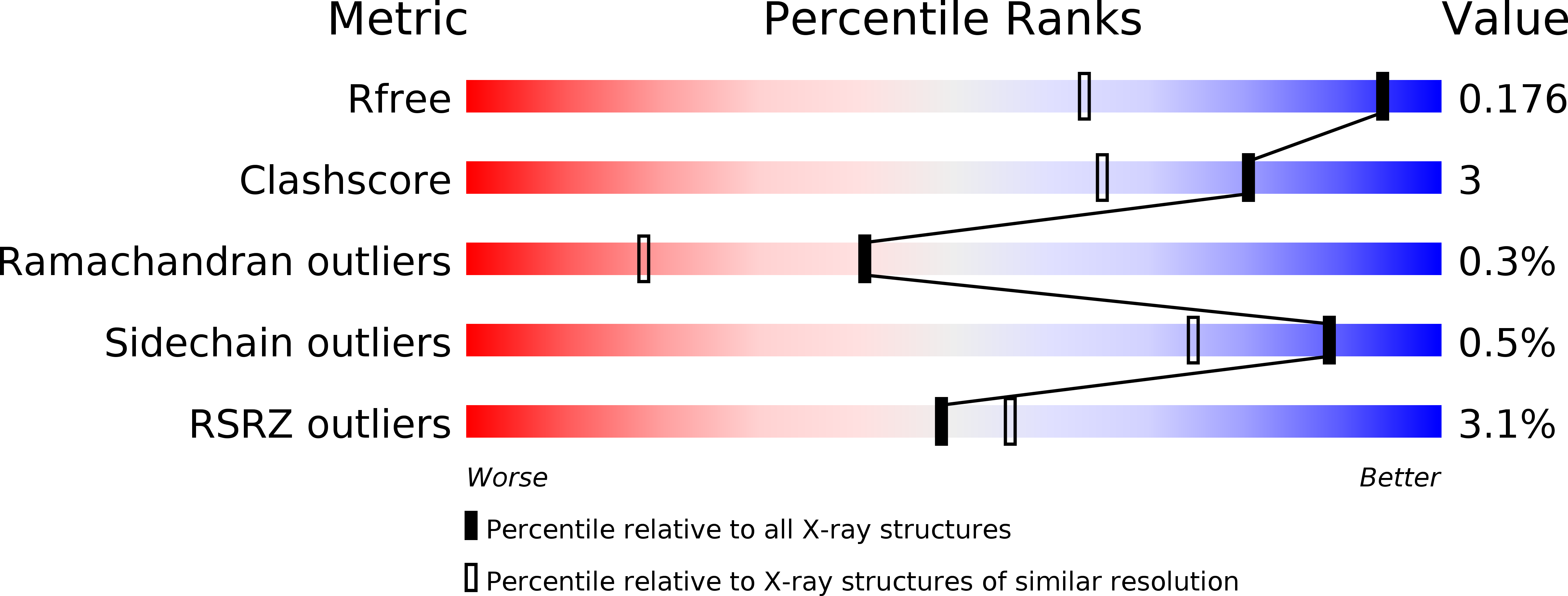
Deposition Date
2006-08-11
Release Date
2007-04-24
Last Version Date
2024-11-13
Entry Detail
PDB ID:
2I0T
Keywords:
Title:
Crystal structure of phenylacetaldehyde derived R-carbinolamine adduct of aromatic amine dehydrogenase
Biological Source:
Source Organism:
Alcaligenes faecalis (Taxon ID: 511)
Method Details:
Experimental Method:
Resolution:
1.35 Å
R-Value Free:
0.17
R-Value Work:
0.15
Space Group:
P 1 21 1


